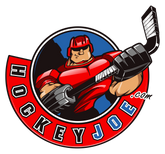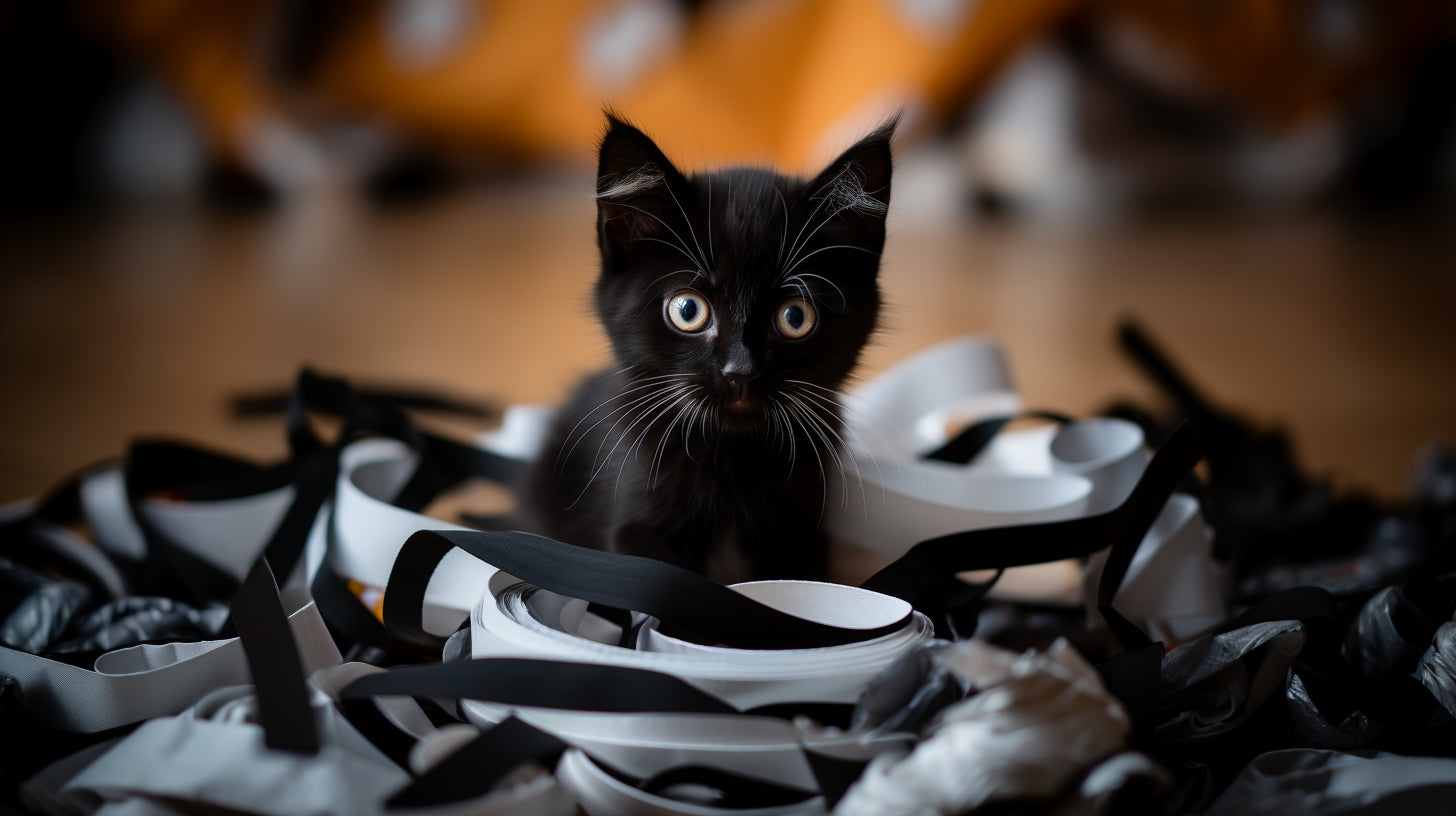Hockey - a sport that evokes passion and excitement in millions of fans worldwide. With its fast-paced gameplay, heart-stopping moments, and thrilling finishes, it's no wonder that hockey is beloved by so many. But what sets hockey apart from other sports? Is it the adrenaline rush of skating on ice? The intense competition between teams? Or could it be something deeper, something more instinctual? Something more... aggressive? Let's explore the fascinating and controversial history of fighting in hockey.
That's right, we're talking about fighting in hockey. It's a controversial topic, to say the least, with some fans loving it and others hating it. But regardless of your stance on fighting in hockey, there's no denying that it has a long and storied history in the sport. So sit back, grab a cold one, and let's dive into the history of fighting in hockey.
First things first - let's address the elephant in the room. Fighting in hockey is technically against the rules. According to the NHL rulebook, any player who engages in fisticuffs during a game is subject to a major penalty and a game misconduct. However, despite this rule, fighting has persisted in the sport for well over a century.
It is hard to pinpoint when fighting became a regular feature of hockey since the sport has existed in diverse forms since the 1800s. Nevertheless, it's clear that fights have been a part of the game since its inception. In early versions of hockey, physical altercations were more common, and without any significant consequences.
As the sport evolved and became more organized, fighting began to be viewed as a necessary evil. Players would use fighting as a way to police the game, ensuring that their teammates were protected and that opponents would think twice before taking cheap shots. It was also seen as a way to fire up a team or to swing the momentum of a game in their favor.
In the early days of professional hockey, fighting was not only tolerated, but often encouraged. In fact, many teams would employ "enforcers" - players whose primary role was to protect their teammates and intimidate opponents through physical play. These enforcers were often larger and more intimidating than other players, and would engage in fights on a regular basis.
In the 1970s, fighting in hockey reached its peak. The era, known as the "Broad Street Bullies" era, saw the Philadelphia Flyers win two consecutive Stanley Cups with a team that was not afraid to throw down. The Flyers were known for their aggressive play and willingness to fight, and their success inspired other teams to follow suit. During this time, fighting became such a regular part of the game that some players would even plan out fights before games, like boxers strategizing their punches. If you have the chance, I highly recommend watching the HBO documentary 'Broad Street Bullies'. It's definitely worth your time and won't disappoint.
But as the 80s and 90s rolled around, the NHL began to crack down on fighting. Penalties for fighting became more severe, and the league began to enforce rules against players who were seen as instigating fights. However, even as fighting became less frequent, it remained a part of the game. Fans still loved it, and players still saw it as a necessary part of their job.
Today, fighting in hockey is a topic of much debate. Some fans argue that it adds excitement and drama to the game, while others believe it has no place in a sport that should be focused on skill and strategy. Many former players who were once known for their fighting have spoken out about the toll it took on their bodies, and the long-term effects of concussions and other injuries.
Regardless of where you stand on the issue, it's clear that fighting in hockey has a long and complicated history. From the early days of stick-wielding brawls to the modern-day fights that are often planned out, fighting has been a part of the sport for as long as it has existed. Some players, such as Bob Probert and Tie Domi, have even become famous for their fighting abilities and have built careers on their reputation as enforcers.
But despite its popularity among some fans and players, fighting in hockey is still a controversial issue. In recent years, the NHL has made a greater effort to crack down on fighting and reduce the number of fights that occur during games. Many argue that this is a necessary step to protect player safety and to ensure that the sport remains focused on skill and athleticism rather than violence.
So, what does the future hold for fighting in hockey? Only time will tell. Some argue that it will always be a part of the sport, while others believe that it will eventually be phased out entirely. Regardless of where you stand on the issue, it's clear that fighting in hockey is a complex and multifaceted issue that will continue to be debated for years to come.
In the end, whether you love it or hate it, there's no denying that fighting in hockey has a long and fascinating history. From the early days of the sport to the present day, fighting has been a part of the game in one form or another. So the next time you tune in to watch a hockey game, take a moment to appreciate the history and legacy of fighting in the sport - and maybe, just maybe, enjoy a good old-fashioned brawl between two players who are willing to throw down for their team.



